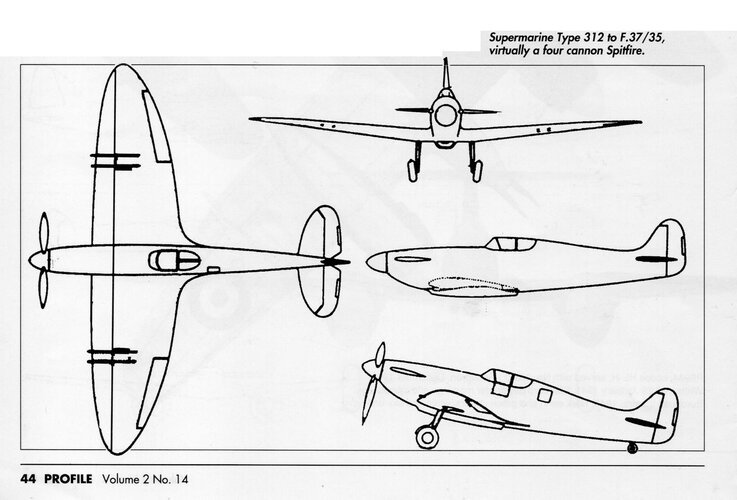NOM: yours is a truly tantalising
Whiff....thanks for bringing it forward.
This what actually happened after Air Ministry's Telecommunicatons Research Establishment extracted R&D funds to move its experiments into UK radio industry...which broadly was after Austrian
Anschluss, so 4/38, when we also imposed
Compulsion, converting Auto
et al to Munitions, so drastically reducing our ability to earn $ by export of manufactures.
A.M./TRE introduced (A.E.I)Metro-Vickers Electrical Co. (transmitter) and A.C.Cossor (receiver) to produce
Chain Home air defence radar (in 1940) “the only firms who knew the radar secret”
Postan/Weapons,P383. MV then took Gun Laying radar GL.Mk.I (transmitter), to which
MAP added Ferranti Ltd (receiver) and (E.M.I.) the Gramophone Co.Ltd; then for G.L.Mk.II, (A.E.I/)B.T.H.Ltd.
As more EW kit emerged other radio firms were added: Dynatron Radio Ltd: (
Gee nav.eqpt.);
E.K.Cole Ltd: Airborne Intercept radar AI.Mk.IV;
Ferranti: (IFF)
Identification Friend or Foe Mk.II;
H2S Mk II nav/
ASV Mk.III detection Systems: EMI Ltd. (electrical unit; Prime), M-V (elec' scanner; BTH radar), Nash&Thompson (hydraulic scanner);
Murphy Radio, Pye Radio, Standard Tel&Cable Co (US ITT).
RAE gyro gunsight was assigned,1940: Mk.I: Elliott Bros.(London)Ltd/Lewisham - instrument makers; Mk.II: (Hall Tel. Accessories Ltd/ Glasgow, then) Ferranti/('43 Edinburgh), and Reyrolle/Newcastle.
Most of this innovation was taken by
A.M Chief Scientific Advisor Prof Sir H.Tizard to US, 9/40: today, his Mission is known for cavity magnetron, gas turbines, and such progress as we had then made on matters atomic. But it was far more, creating the Systems Houses that now
Rule, OK!
Most of these UK firms in 1946 turned straight back to high-volume consumer/general industrial products - at Ministers' instruction, as a scarce source of export $. Most of the US firms that absorbed, improved and produced this UK-origin kit were funded into (GW), done in parallel with their return to civil products.
So: your
Whiff is...UK Radio
compulsion in 1936-ish. I do not know whether the techno-innovations that did produce kit in 1940/41 could have been sufficiently mature to do so earlier (exemplar: reaction thrust: RAE/
Griffith there earlier than
Ohain/Whittle...without the metallurgy base). You well make the point that Germany did well, then. But may I divert the
Whiff into...UK, like US, putting (GW) Prime roles into Radio firms, not airframers - who nearly always put this disdained work into B Teams.

